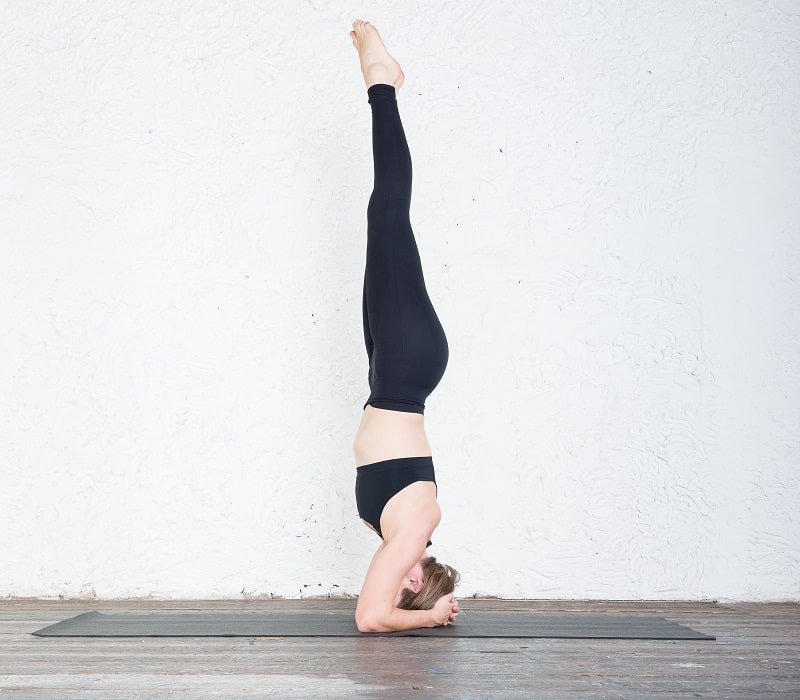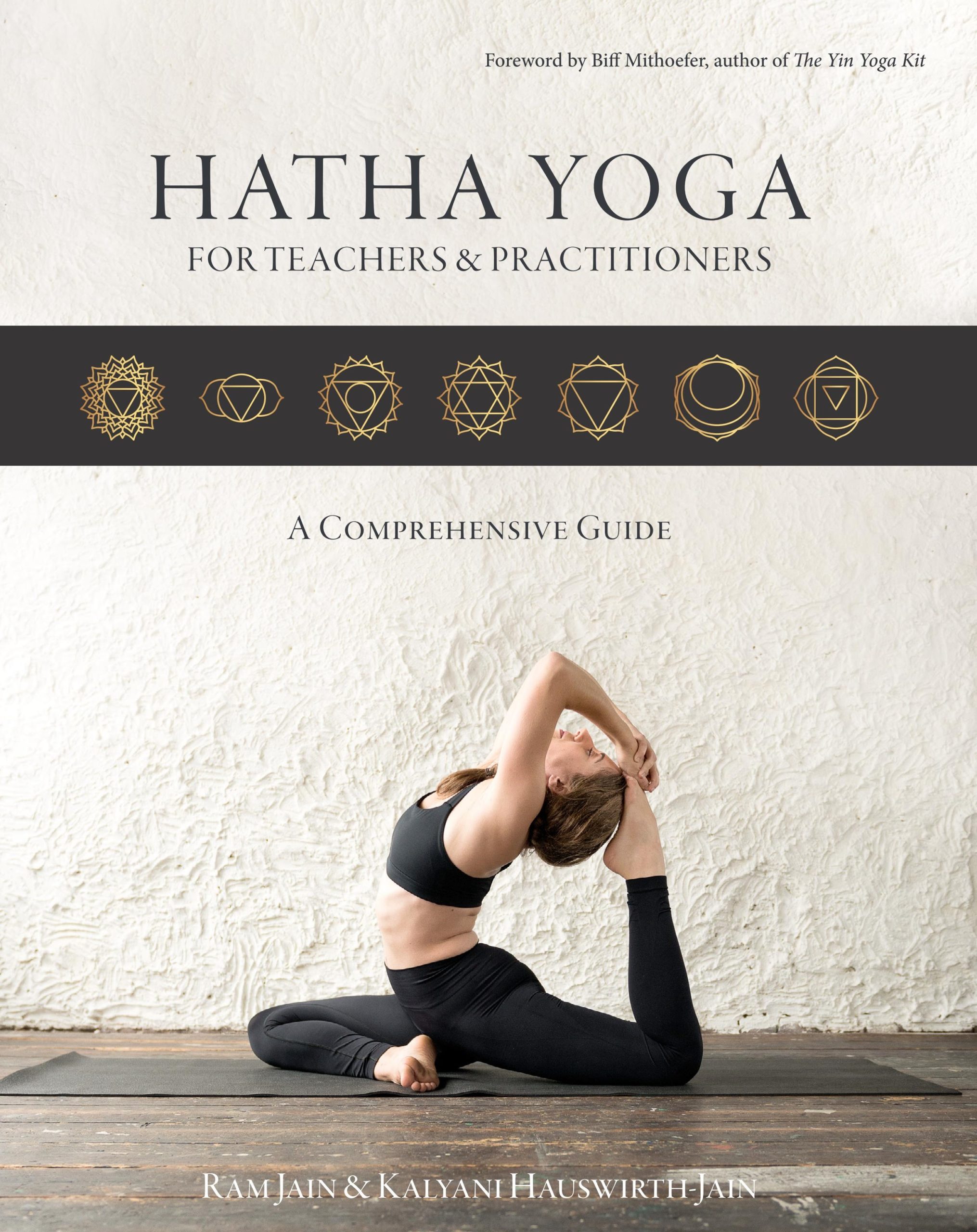Headstand – Shirshasana
Headstand is also known as the 'king of asanas' because this yoga pose is considered to be a master in curing many diseases. Headstand is one of the most effective asanas for body and mind. Mastering Shirshasana requires a bit of strength, but it is mainly a matter of concentration and awareness.

Category | Inversion |
Chakra | Sahasrara/Crown Chakra |
Meaning | In Sanskrit sirsa means head and asana means posture. |
Benefits of Headstand
- Stimulating the functioning of the pineal, hypothalamus, and pituitary glands. This helps in better functioning and co-ordination of all the endocrine glands.
- Improving the body’s ability to maintain homeostasis by stimulation of the nervous system
- Providing conditioning to the brain, eyes, and ears due to safely increased blood pressure
- Improving memory and concentration
- Helping to manage mental fatigue, depression, and anxiety
- Improving the functioning of the central nervous system
- Improving the body’s capability to regulate blood pressure by stimulation of the so-called baroreceptors
- Giving rest to the heart by reversing blood pressure temporarily
- Improving body posture by activating the core
- Strengthening of muscles of the back, shoulders, and arms
- Improving blood and lymph circulation throughout the entire body
- Improving digestion and elimination functions.
Instructions for Headstand
- Sit on the knees and hold the elbows to measure the ideal distance.
- Then bring the arms to the ground right under the shoulders.
- Keeping the elbows there, bring the hands closer and interlock the fingers so that your arms form a triangle. Do not let your elbows open out.
- Place the head on the ground with the back of the head in the cupped hands.
- Curl your toes, straighten your knees, hips to the sky.
- Start walking towards your shoulders.
- Bring the right knee in your chest and then bring another knee towards the chest. This will make your spine straight.
- As you inhale, raise your legs to the sky. Straighten your legs upward while keeping your feet slightly in front of you.
- Bring your focus on a steady point preferably at eye level.
- Take easy relaxed breaths and hold the posture as long as comfortable.
Alignment Cues
- Ultimately the aim is to have your ears, shoulders, hips, and ankles in one straight line. This is ideal for long holds.
- As you start to learn the pose, though, refer to the alignment described a little further down in Modifications.
- Maintain the majority of your weight on the top of your head, while your arms share the weight and provide a supportive base.
- Draw away your shoulder blades from your ears, toward your waist, keeping your neck elongated and stable.
Duration of Hold
- Beginners: 30 seconds–1 minute
- Intermediate: 1–3 minutes
- Advanced: 3–6 minutes
Modifications
- In the beginning phase, when learning Headstand, make sure to keep your feet slightly in front of your body.
- Do not aim for shoulders-hip-ankles alignment, because that increases the risk of toppling over.
- Until you can enter and exit the pose with control by yourself and hold for at least 1 minute, keep your feet slightly in front of you.
- An easier and less intense pose, which still gives you the benefits of the inversion, is Half Headstand.
Cautions and Contra-indications
It is important to be very cautious when practising Headstand especially if you have any of the following health challenges:
- Hypertension
- Cardiovascular issues
- Neck issues
- Shoulder issues
- Recent surgery or inflammation in your head region (for example ears, eyes, nose, etc.)
- Arthritis or osteoporosis
- Brain injuries
- Lower-back and spinal issues (e.g. chronic pain, herniated disc, sciatica, SI-joint instability)
- Acute migraine or headache
- For asthma or other breathing disorders: holding only for short durations and skipping altogether if it causes too much discomfort, nausea, or shortness of breath
- Practitioner younger than seven, because the skull is still a bit soft and it is safer not to place weight on it yet
Relevant Poses
Rest in Child's Pose and then move on to Shoulderstand - Sarvangasana.
For more yoga asanas and exercises, make sure to visit the Arhanta Yoga Asana Guide!

Get a free copy of our Amazon bestselling book directly into your inbox!
Learn how to practice, modify and sequence 250+ yoga postures according to ancient Hatha Yoga principles.
